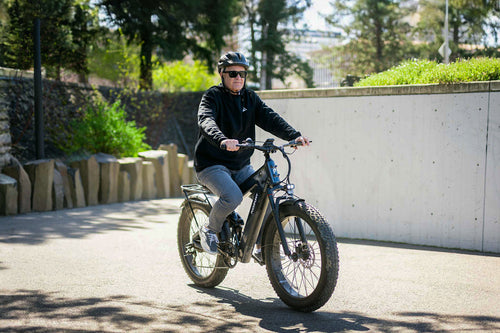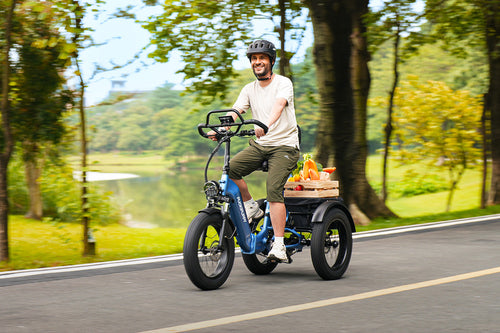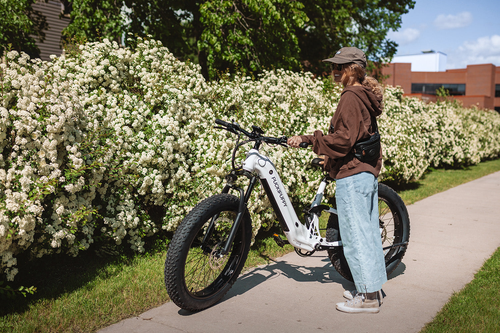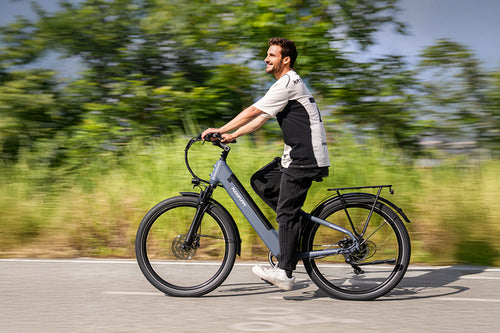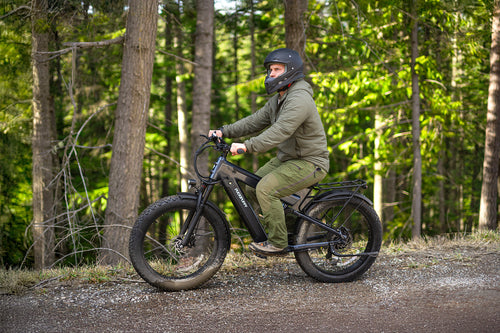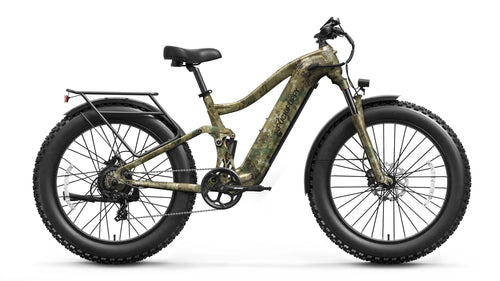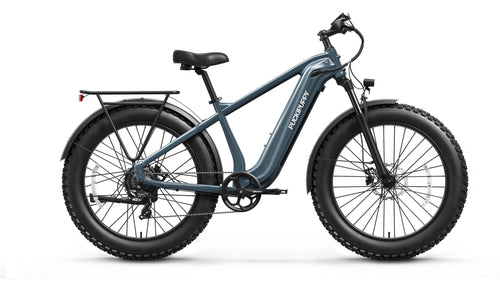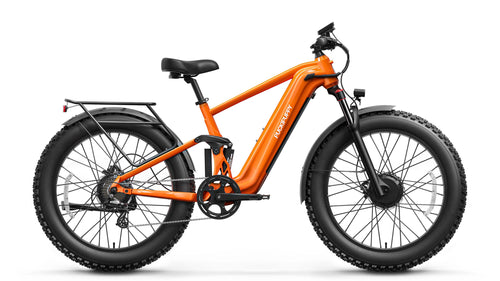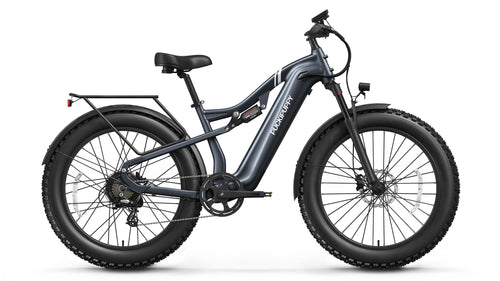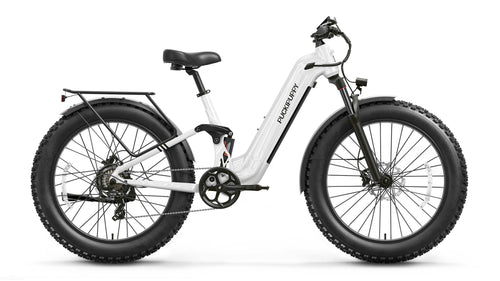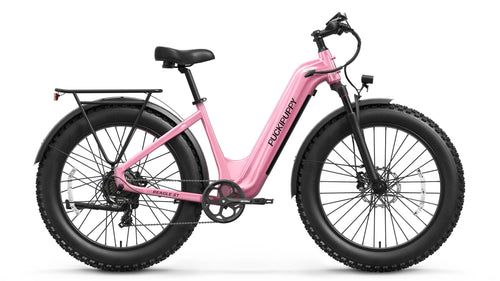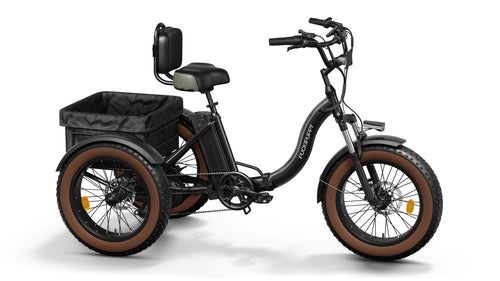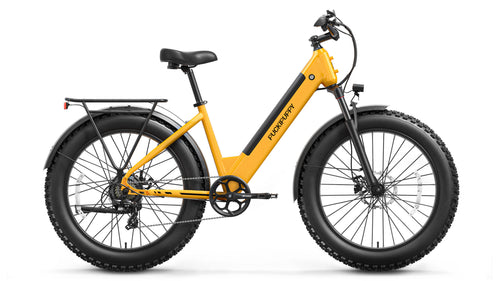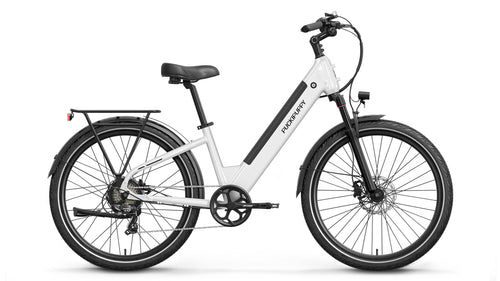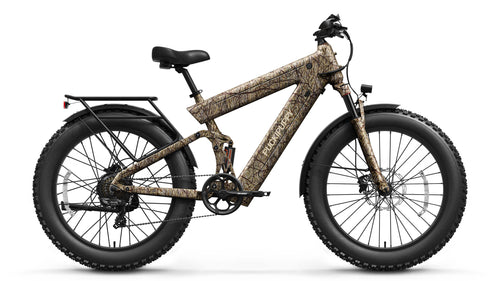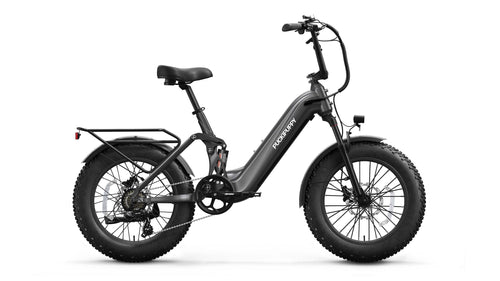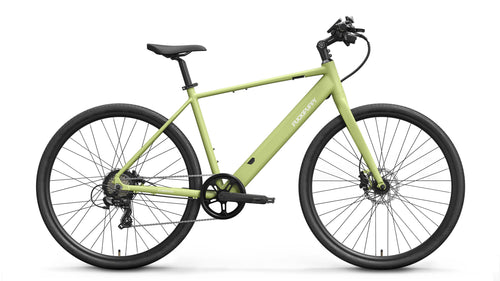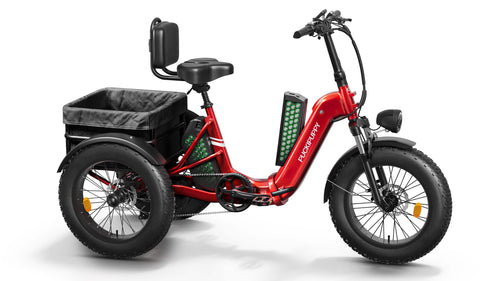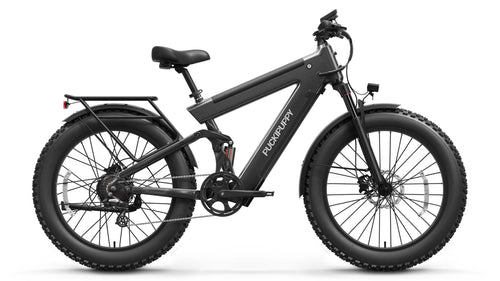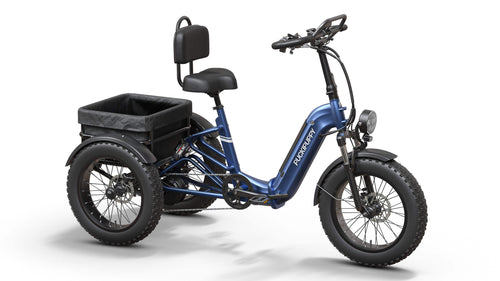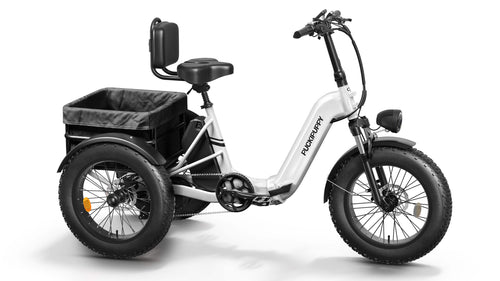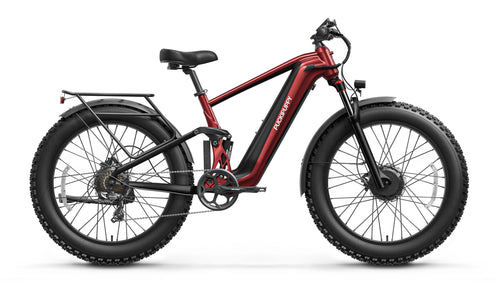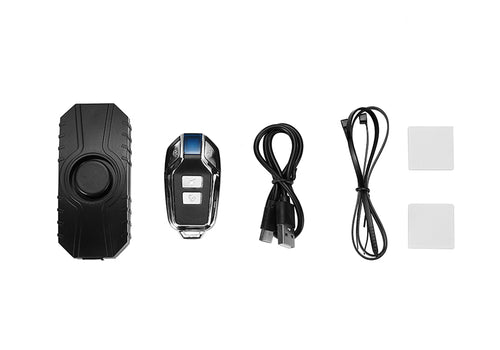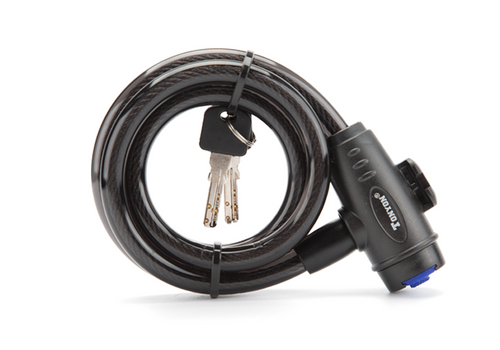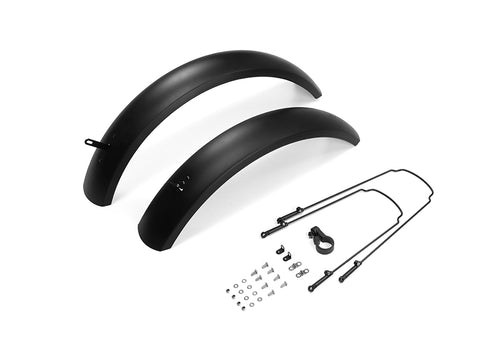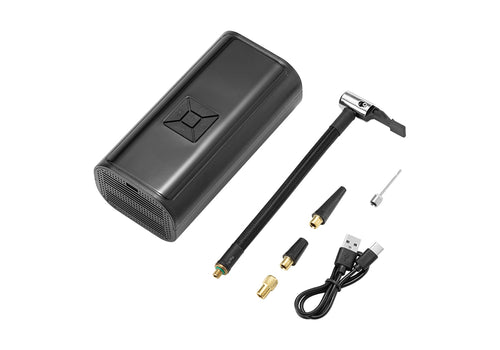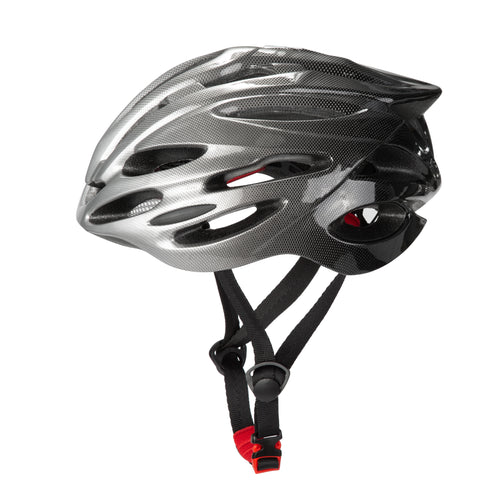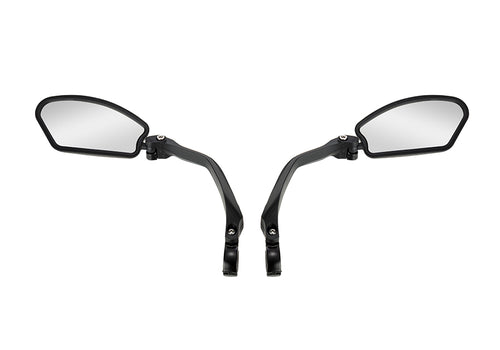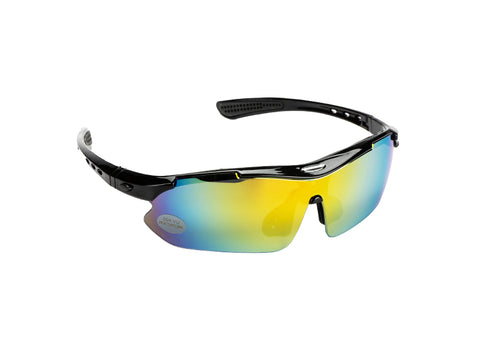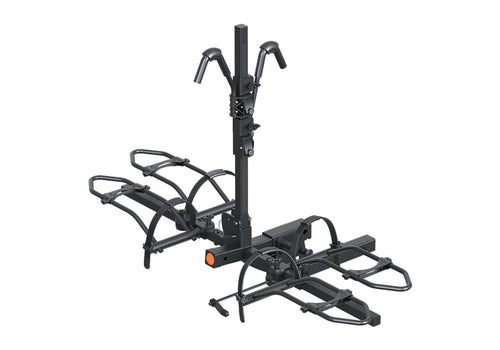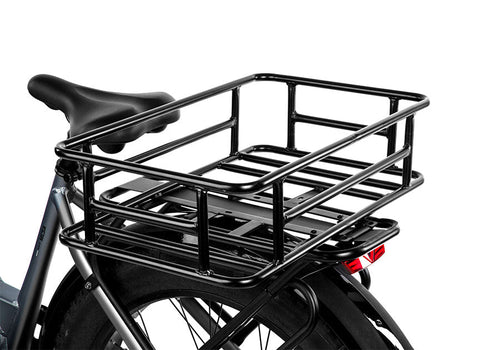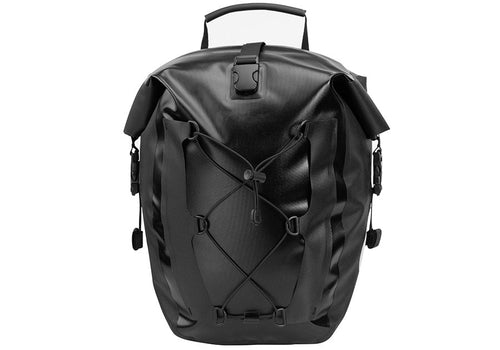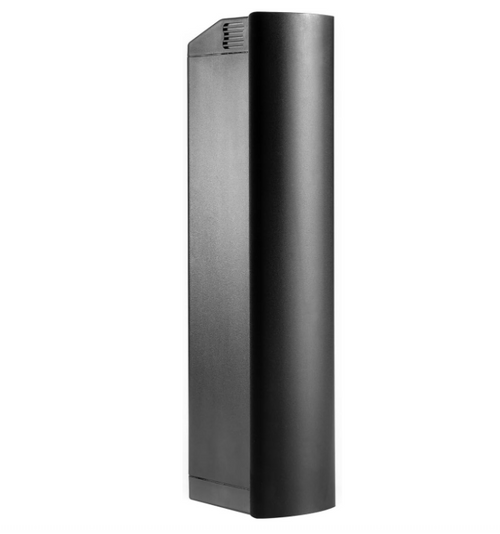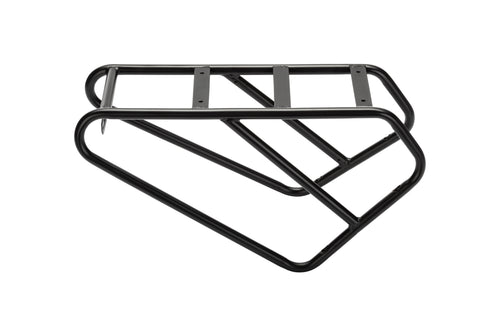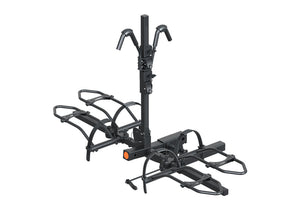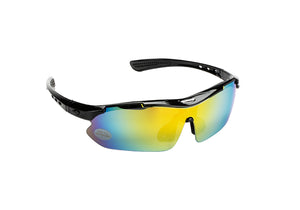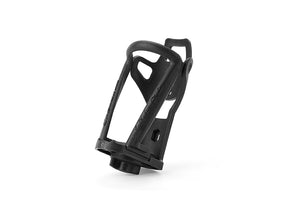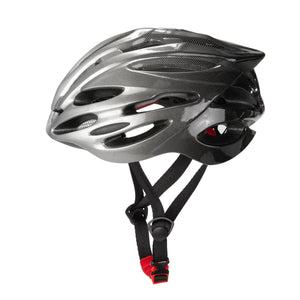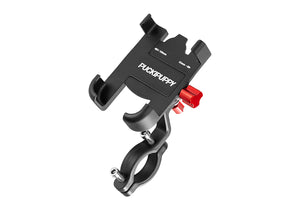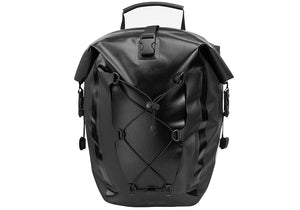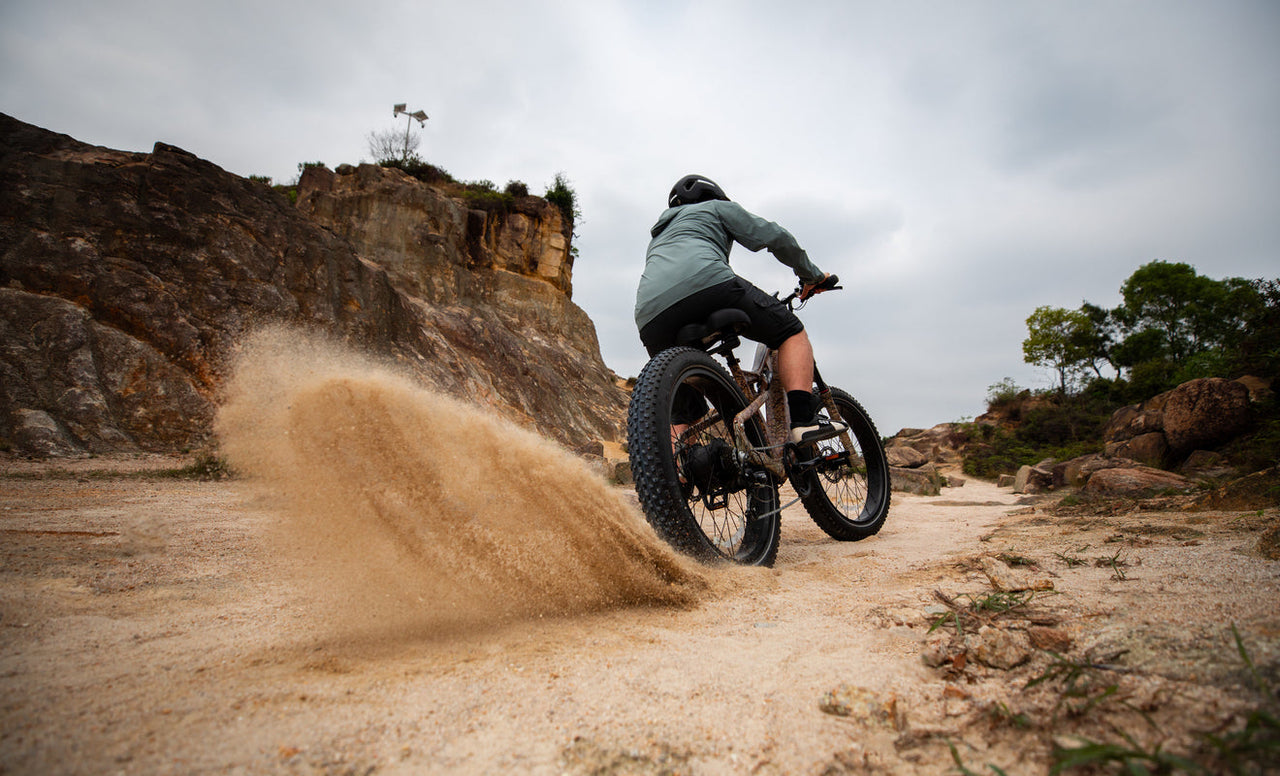Taking care of your e-bike battery isn't just about keeping it charged—it’s about ensuring every ride is safe, powerful, and lasts as long as possible. But have you ever wondered what it would be like to start each day knowing your battery is not only fully charged but also properly maintained and ready to deliver the range and power you need? How would it feel to ride without any concerns about performance or safety?
In this guide, we’ll explore essential tips and best practices to help you keep your e-bike battery in top condition, reduce potential risks, and ensure you can enjoy every ride with complete peace of mind.
Understanding the Basics of Ebike Battery
About Ebike Battery
The battery is the powerhouse of your e-bike, providing the necessary energy to propel you through urban streets or scenic trails. Typically, e-bike batteries are composed of several key components, including cells (often Lithium-ion), a Battery Management System (BMS), and a protective casing. These components work together to deliver consistent power while ensuring safety and longevity.
Common Battery Types
E-bike batteries primarily use Lithium-ion technology due to their superior energy density, lightweight, and long cycle life. Other types, such as Nickel Metal Hydride (NiMH) and Lead-Acid, are less common but still present in some older or budget models. Understanding the specific maintenance needs of your battery type is essential for optimal care.
Battery Specifications
Puckipuppy ebikes boast advanced Lithium-Ion Batteries, known for their superior energy efficiency, lightweight build, and long-lasting performance. Below is a detailed breakdown of the battery configurations available for the Puckipuppy models:
48V 20Ah:
-
Models: Boxer, Boxer St, Labrador, Labrador Pro, Corgi, GoldenR
-
Style: Off-Road E-bikes
-
Ideal for: Long-distance adventures and high-demand usage, providing substantial range and consistent power, perfect for off-road explorations and extended rides.

48V 18Ah + 48V 15Ah (Dual Batteries):
-
Model: Husky Plus
-
Style: Foldable Cargo Trike
-
Ideal for: Ultimate long-range trips, featuring dual battery systems that significantly boost power and extend the ride duration, making it ideal for tackling challenging terrains and ensuring you can go the extra mile.
48V 18Ah:
-
Model: Husky
-
Style: Foldable Cargo Trike
-
Ideal for: Urban riders and families who need strong hauling capacity with everyday convenience. With its high-capacity battery and foldable design, Husky is perfect for grocery runs, school drop-offs, or city deliveries—combining power, portability, and practicality in one trike.

48V 15Ah + 48V 15Ah (Dual Batteries):
-
Model: Bulldog
-
Style: Long range E-bikes
-
Ideal for: Riders looking for extended range and consistent power across urban roads and light trails. With dual 15Ah batteries, Bulldog ensures dependable performance for long-distance commuting, recreational rides, and everyday adventures without range anxiety.
48V 15Ah:
-
Models: Beagle, Beagle 2, Beagle 2 St, Samoyed
-
Style: Commuter E-bikes
-
Ideal for: Everyday commuting and mid-range travel, offering a balanced mix of power and efficiency, suited for city rides and suburban routes.

48V 13.5Ah:
-
Models: Alaslan
-
Style: Foldable commuter E-bikes
-
Ideal for: Urban commuters who need a compact, foldable bike for easy storage and efficient short-daily rides.
Getting to know these battery specifications provides essential insights into selecting the right power source for your Puckipuppy e-bike, ensuring you enjoy a reliable, powerful, and extended riding experience tailored to your needs.
How to Make Your Ebike Battery Last Longer
Proper Charging Practices
Charging your e-bike battery correctly is one of the most important steps in maintaining its longevity. Always use the charger provided by the manufacturer, as using incompatible chargers can damage the battery. It's best to charge the battery after each ride rather than letting it completely drain. Aim to keep the battery charge between 20% and 80% to avoid deep discharging, which can significantly reduce its lifespan.
Avoid Overcharging and Deep Discharging
Overcharging can lead to overheating, which in turn damages the cells within the battery. On the other hand, deep discharging, where the battery is completely drained before recharging, can also harm the cells and reduce the overall capacity. Most modern e-bikes come with a BMS that prevents these issues, but it's still good practice to monitor charging sessions.
Optimal Riding Conditions
Temperature, terrain, and load all play significant roles in how your battery performs. For example, extreme temperatures—both hot and cold—can reduce battery efficiency. Riding on hilly terrain or with heavy loads requires more power, thus draining the battery faster. Whenever possible, ride under moderate conditions and avoid extreme temperatures to preserve battery health.
Regular Usage and Maintenance
Regularly using your e-bike and performing basic maintenance checks can extend the life of your battery. This includes checking for physical damage, ensuring connectors are clean and secure, and inspecting the battery's charge levels. Additionally, regularly calibrating the battery by allowing it to fully discharge and then fully recharge can help maintain its accuracy and performance.
Charging Your Ebike Battery: Best Practices
Using the Correct Charger
Always use the charger that is specifically designed for your Puckipuppy e-bike’s battery. Using a charger with a different voltage or amperage can damage the battery and void the warranty. If you need a replacement charger, purchase it directly from our online store or a trusted retailer.
Charging in Optimal Conditions
Charge your e-bike battery in a cool, dry place away from direct sunlight. Extreme temperatures can affect the charging process and the overall health of the battery. Ideally, charge the battery indoors where the temperature is stable.
Troubleshooting: Why is My Ebike Battery Draining So Fast?
Common Causes of Fast Battery Drain
If you notice that your e-bike battery is draining faster than usual, several factors could be at play. Extreme temperatures, frequent use of high power modes, and old or damaged batteries are common culprits. Riding habits, such as frequent stops and starts, can also contribute to faster battery drain.
Solutions and Preventive Measures
To prevent rapid battery drain, adjust your riding habits by using lower power modes when possible and avoiding extreme temperatures. Regularly check the battery for signs of wear and tear, and consider replacing it if it’s nearing the end of its life.
Choosing the Right Ebike Battery Accessories for Maintenance
Essential Tools and Accessories
Maintaining your e-bike battery is easier with the right tools. Essential accessories include voltmeters for checking battery voltage, battery testers, and protective cases to safeguard against physical damage. These tools can help you monitor the health of your battery and prolong its lifespan.
Recommended Products from Our Store
For those looking to enhance their e-bike battery maintenance, we offer a range of products designed to help. Explore our premium chargers, durable protective covers, and reliable replacement batteries—accessories crafted to enhance your e-bike experience and ensure smooth operation for years to come.
FAQs
1. How Often Should I Charge My E-bike Battery?
Charge your e-bike battery after each ride if possible. Regular charging helps maintain battery health and prevents deep discharging.
2. Can I Leave My E-bike Battery Charging Overnight?
Yes, you can leave it charging overnight, but it’s best to use a charger with an automatic shutoff feature to prevent overcharging.
3. What Is The Best Way to Store My E-bike Battery When Not in Use?
Store the battery in a cool, dry place with a charge level between 50% and 80%. Avoid storing it in extreme temperatures.
4. How Can I Tell If My E-bike Battery Is Failing?
Signs of a failing battery include decreased range, slower charging times, and the battery not holding a charge.
5. What Should I Do If My Battery Gets Wet?
If your battery gets wet, dry it immediately and avoid using it until you’re sure it’s completely dry. Water damage can be severe, so consider having it inspected by a professional.
6. How Long Does an E-bike Battery Typically Last?
With proper care, an e-bike battery can last between 3 to 5 years, depending on usage and maintenance.
Conclusion: Maintaining Your Ebike Battery for Optimal Performance
Proper e-bike battery maintenance is essential for ensuring long-lasting performance and reliability. By following the tips and best practices outlined in this guide, you can maximize your battery's lifespan and enjoy a smoother, more efficient ride. Don't miss out on our latest promotions—discover unbeatable deals on premium e-bikes now!






